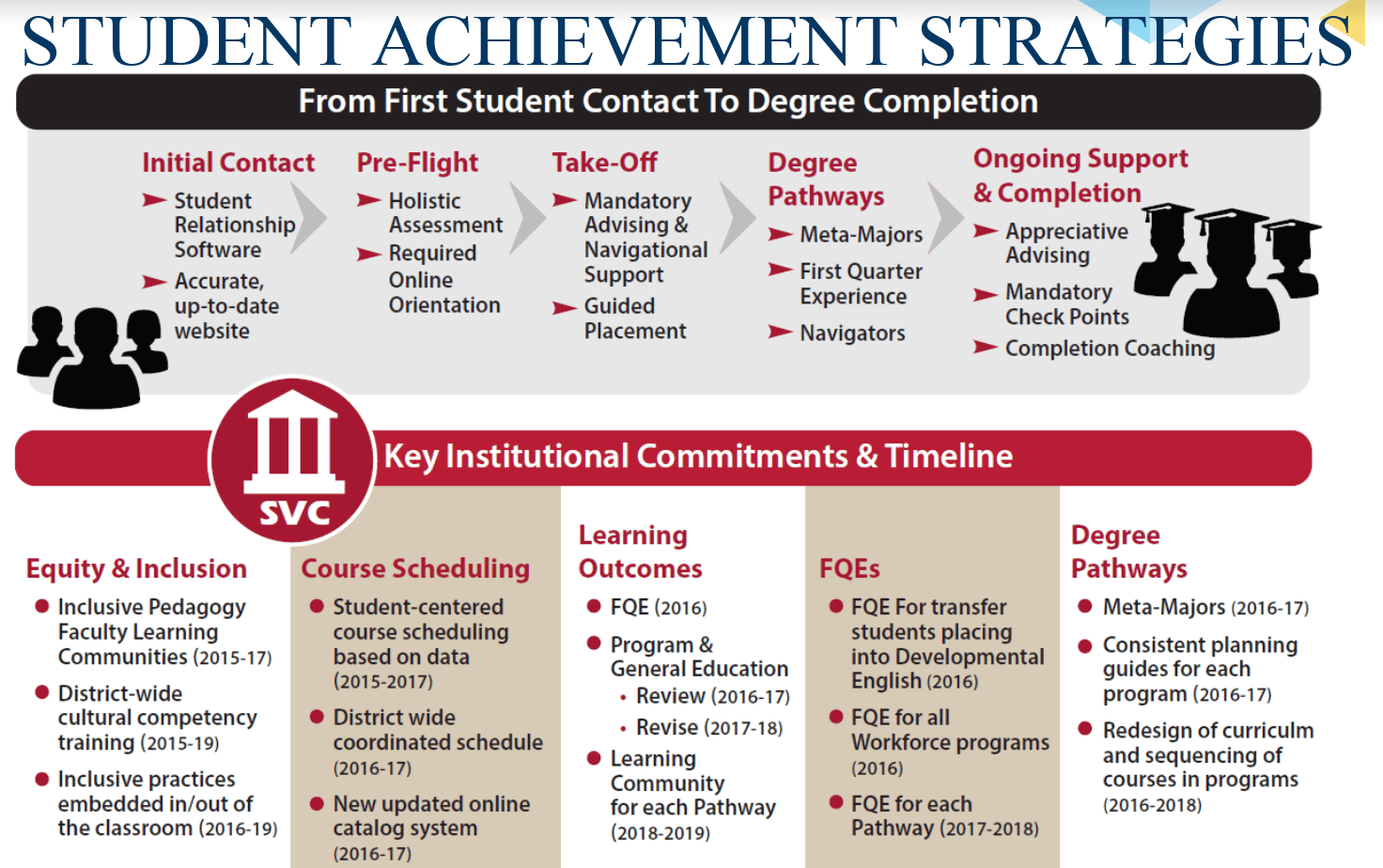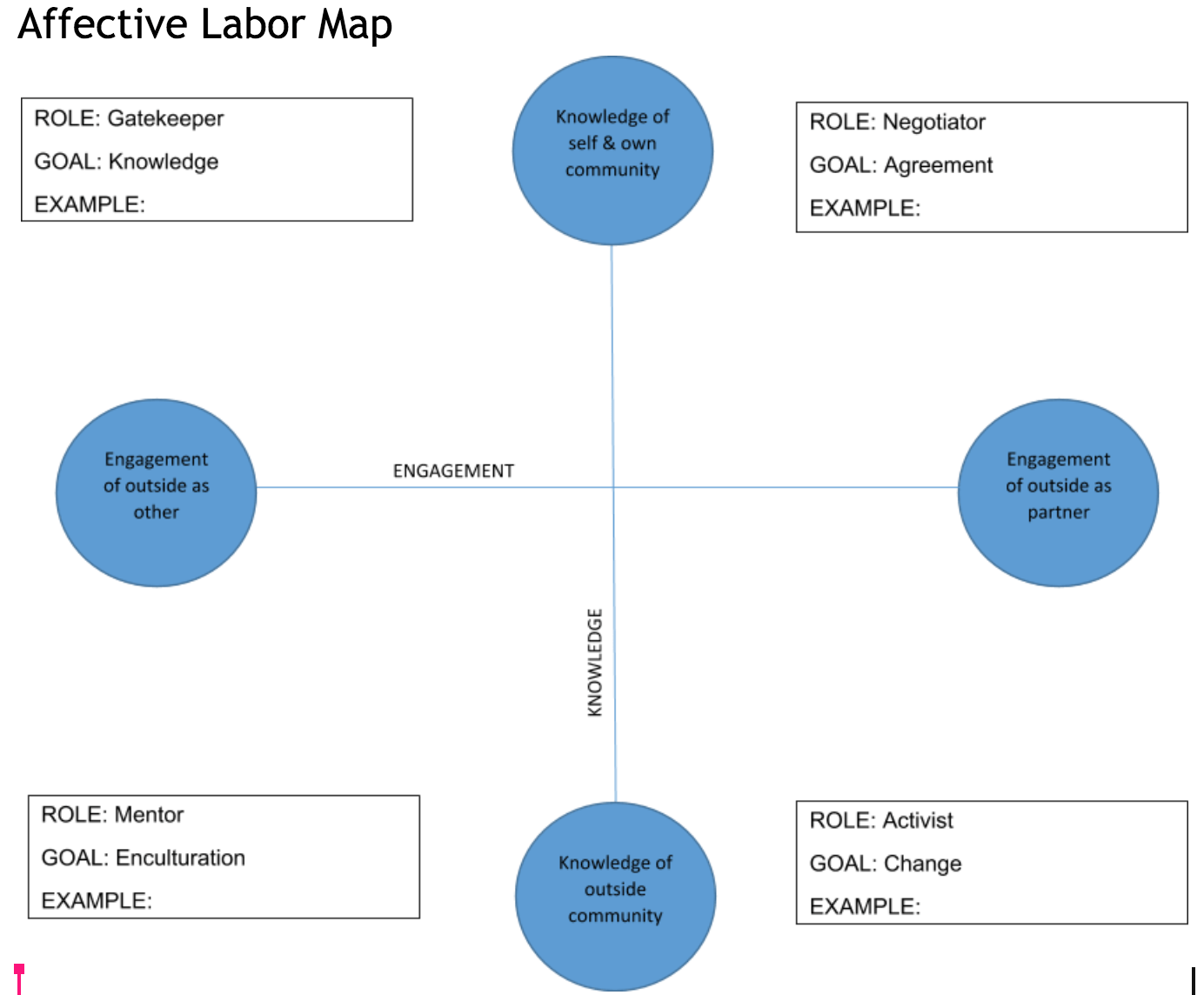These are my notes from today’s presentation. This meeting included a brief overview of the history of equity initiatives at SVC in general and in their faculty learning groups in specific. This is my first workshop on Tuesday, July 24 at the Guided Pathways: Designing for Equity – Rendezvous 2018 conference.
Diversity, Equity and Inclusion
Creating an Inclusive and Culturally Responsive Classroom
Gretchen Robertson & Kip Zwolenski
Skagit Valley College
We logged into a Canvas course: https://canvas.instructure.com/courses/1367908l to review their materials, as well as materials on Google: https://drive.google.com/drive/folders/1JwFlGWI_gFgyXxSXFQ0jENcCTd3khCvT
Are you ready for students? This is the driving focus around the learning communities. We are interested in not giving us a plan but asking us to be catalysts for a plan on our campus.
Opening Discussion
What is BEdA’s role in pathways on your campus?
How is it going?
What are you learning?
We have advising modules that help instructors understand what students need for each pathway. Pathways (GED, HS21+, Vocational, etc.). I am learning that after talking to others at the table, that I need to take a closer look at what we are doing on my campus. I think we are on track but I need to research more into what we are doing. Gretchen called this a huge and dynamic process.
Clearing the Path at SVC
The presentation will cover:
- Student Achievement Strategy
- Inclusive Pedagogy faculty Learning Group
- Building intentional, contextualized pathways that begin in BEdA
- Program review

We are going to use pathways to transform the college and make it more equitable.
Discussion: What kind of ideologies and beliefs that get in the way of student success?
- “My job is to weed out the students who are not ready.”
- “These students are not ready for college.”
- Gatekeeping
- Institutionally, ABE students and instructors are not looked on as “real” students and teachers.
We cannot do the work alone – how do we get the nay-sayers on board. Our ideologies do not get replaced – we have to show how the goals connect with other faculty ideologies (e.g. we are centered on student success).
How do you confront or overcome the roadblocks to inclusiveness? Different stakeholders in the success of the students fall somewhere within this quadrant:
 Example of upper-right hand quadrant work: Instead of giving a list of rules in the syllabus, ask the students what would be effective behaviors in the classroom. The lower-left: purposefully enculturating students into college with a first year orientation. Mentoring new students. Upper-left: an example of professional knowledge that needs to be passed on by an individual. Each person on campus fits into one or more of these quadrants and we can all work together.
Example of upper-right hand quadrant work: Instead of giving a list of rules in the syllabus, ask the students what would be effective behaviors in the classroom. The lower-left: purposefully enculturating students into college with a first year orientation. Mentoring new students. Upper-left: an example of professional knowledge that needs to be passed on by an individual. Each person on campus fits into one or more of these quadrants and we can all work together.
Where am I on this quadrant? At different times in the quarter I am in different places: I am a gate-keeper as the “authority” on science topics, grammar rules, etc.; I negotiate my syllabus and assessment; I am an enculturator in that I design first year classes to give students skills to succeed. I do not do a lot of advocating as an adjunct because of the political consequences to myself – you will loose jobs. I need to work through that.
We are tasked with going to our campuses and starting a faculty learning community. We can use the materials and models from SVC. The pathways work does not allow us to teach the same way that we have always taught. This is a way to prepare teachers for the students that are coming into their classrooms. At SVC, it has changed the level of engagement and communication.
 Inclusive Pedagogy Faculty Learning Group
Inclusive Pedagogy Faculty Learning Group
- Starting the conversation
- Examining practices
- Creating “Student Ready” courses and classrooms
- 67 faculty members have participated to date
- 3 cohorts
- 5 action research projects completed
- March 2nd full-day curriculum workshop for all cohort participants
- Now mandatory for all new faculty
- Title III Survey Results will inform curriculum for future cohorts
It is not just the strategies but the objectives and outcomes for diverse students. We need to change how we think and the institution as well as the teaching strategies. For our students, they do not have the choice to go to a HBC, for many of them, this is their ONLY choice.
Part-timers were able to go through it but they are not paid for it. I think that this is part of the institutional problem: no respect for adjunct faculty – how is not making sure that the teachers who teach most of the classes get this kind of training?? Also, adjuncts who bring up social issues are often branded “difficult adjuncts” and risk losing their jobs. It makes me wonder if these institutions are the right institutions or if they have outlived their privilege and power.
Inclusive Pedagogy Is Not Just…
- Creating an environment in which everyone feels good at all times
- Simply adding minority authors and perspectives to course curriculum
- Implementing teaching strategies that address multiple learning styles
Inclusive pedagogy is an on-going process that involves critical awareness.
- Call attention to inequities
- Assume responsibility for the elimination of inequities
- Focus on practitioners, rather than the shortcomings of students
They reviewed the contextualized college and workforce academy curriculum.
English full day outcomes workshop: outcomes redesign was meant to overcome faculty resistance which included the entire English dept. in equity discussions, outcome review, and “Backward Design.”
Their next steps include contextualizing English 101 and I-Best, training faculty, Math outcomes redesign, and Backward Redesign curriculum training.




